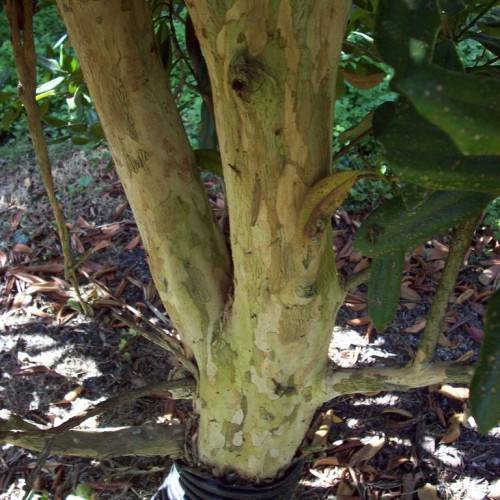
bay rum tree
Pimenta racemosa
Cycle:
Perennial
Watering:
Average
Hardiness Zone:
10 - 12
Flowers:
Flowers
Sun:
full sun
Fruits:
Fruits Ready In Summer
Leaf:
Yes
Growth Rate:
Low
Maintenance:
Low
Salt Tolerant:
Yes
Thorny:
Yes
Tropical:
Yes
Care Level:
Medium
watering
The bay rum tree requires moderate to deep watering once a week. When watering, give your bay rum tree enough irrigation to thoroughly moisten the area around the root zone. You'll want to saturate the soil all the way down to a depth of 6 inches to ensure that the tree is getting enough moisture. During periods of excessively dry weather, you may need to water your bay rum tree more frequently.
sunlight
Bay rum trees, also known as Pimenta racemosa, prefer warm temperatures with plenty of sunlight--ideally 6 to 8 hours every day. If kept in a place with too much shade, the tree can become spindly and weak and won't produce fruit. When grown outdoors, these trees do best in full sun, as it will help them maintain a dense branching structure and promote fruiting.
pruning
Pruning of bay rum trees should be done twice a year, once at the end of the winter/early spring and again in midsummer. During the spring pruning, it is important to remove dead, diseased, or overgrown branches and to thin out the canopy to allow more sunlight and air to reach the interior of the tree. During the summer pruning, it is important to remove any new branches or suckers that send energy away from the main stem. It is also important to remove any branches that form at weak crotches as the may break away from the tree in a storm. When pruning, always make sure to use clean tools and wear protective gloves and clothing. Pruning should never be done too severely, and all cuts should be made at a 45 degree angle, just outside the branch collar.
